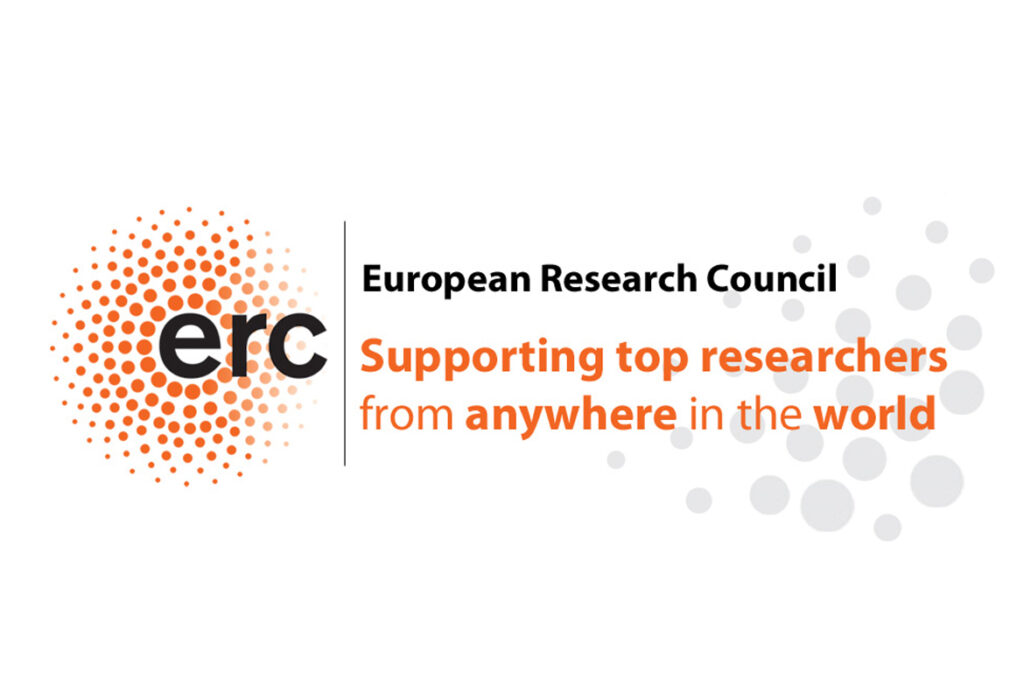Artificial intelligence, lasers, cancer treatment, nanoparticles and space travel: this is what the five research projects of Politecnico selected by the European Commission are about to receive funding of 150 thousand euros each. These are the ERC “Proof of Concept”, research grants intended to strengthen already consolidated European projects which, after having obtained promising results, are ready for phase two: exploring the possibilities of practical application.

Secure hardware with advanced nonvolatile memories , aka SHANNON , is the title of the project of Daniele Ielmini , from the Department of Electronics, Information and Bioengineering. It aims to develop a new type of encryption circuit based on the concept of non-clonable physical function. The encryption keys are generated by random memory states that are completely invisible to an external inspection, thanks to a new algorithm and a new cell structure , making this solution very interesting for the security of Internet systems of Things. Ielmini deals with characterization and modeling of non-volatile memories: we talked about it on MAP 6 at this link .
PANTANI is the acronym, which winks at speed, of the proton, electron and neutron sources for non-destructive testing and investigations and treatment of materials project by Matteo Passoni , of the Department of Energy. It wants to develop a laser source compact and multi-radiation, more flexible and with lower costs than the existing solutions, with use in numerous applications of industrial and social , such as the analysis of materials of historical and artistic interest, environmental monitoring, the sterilization of biomedical instruments and the detection of illegal substances inside containers at airports and customs . If you want to go deeper into the theory, we talked about it on MAP 5 on page 31 .
Paola Saccomandi , from the Department of Mechanics, works on the development, technological validation and market analysis of a device for laser removal of tumors , much less invasive than the tools we have today. It would also be able to control the treatment in real time and assist the doctor in selecting the therapeutic parameters. The project is called LEILA : closed-loop and multisensing delivery tool for controlled laser ablation of tumors . Saccomandi deals with measuring the temperature distribution in biological tissues subjected to ablative treatments, developing a therapeutic platform that sees the use of lasers for minimally invasive treatments , optical fiber sensors and biomedical imaging techniques , for monitoring clinical procedures and physiological parameters. Discover the "previous episodes" at this link .
With the TCOtronics project, acronym of transparent conductive oxide nanocrystalline films for electronics and optoelectronics via low-cost solution processing , Francesco Scotognella wants to manufacture thin layers based on metal oxide nanoparticles that can be used as optical filters or transparent electrodes for solar cells and light emitting diodes . An important goal of TCOtronics is the use of non-toxic elements and abundant on the planet. Scotognella, from the Department of Physics, is an expert in ultrafast photophysics of organic compounds, nanomaterials and fabrication and characterization of photonic crystals. If you are curious to know more about its nanocrystals for more efficient solar cells, read here .
Francesco Topputo aims to develop a autonomous navigation sensor for satellites in space deep. Thanks to SENSE: a sensor for autonomous navigation in deep space project,the satellites themselves will be able to estimate their position without the need to communicate with grou nd stations; this will cut navigation costs for space exploration, making space accessible to universities, research centers and small businesses. Topputo, , from the Department of Aerospace Sciences and Technologies, deals with flight dynamics, autonomous driving, navigation and control of spacecraft. Find out more at this link and at this link.
These five projects were funded by grant (ie research grants) of the European Research Council (in Italian European Research Council) or ERC. It is a body of the European Union that has the task of supporting the work of the best researchers in all scientific, technical and academic sectors.
ERC loans can be of various types and concern sums between 150 thousand and 12 million euros ( here we see all those obtained by Poli ). They are among the most prestigious grants dedicated to basic research in Europe. In particular, the ERC promotes a so-called " investigator driven " or " bottom-up " approach, ie the free initiative of the best European scientists, who follow projects. research of excellence, innovative and high-risk, key elements for achieving the sustainable growth objectives set by the Union.
The ricerca di base è indipendente dalle priorità che di solito guidano, per esempio, la ricerca industriale. È ricerca pionieristica e identifica nuove opportunità e direzioni, aprendo campi di ricerca a volte ancora inesplorati, altre volte attuali e urgenti.
Ad oggi in totale sono 48 i grant ERC ottenuti da ricercatori del Politecnico di Milano. Per un ateneo, accogliere ricercatori ERC significa avere la possibilità di assumere nuovi dottorandi e post doc, creare una base di giovani che lavorino costantemente su ricerche di altissimo livello e avere risorse da investire in infrastrutture e laboratori all’avanguardia, iniettando nuova linfa nel sistema universitario. Questo si riflette sull’intero sistema, con ricadute positive anche sulla didattica.
To find out more: Tomatto, the first ERC Synergy Grant at the Politecnico di Milano